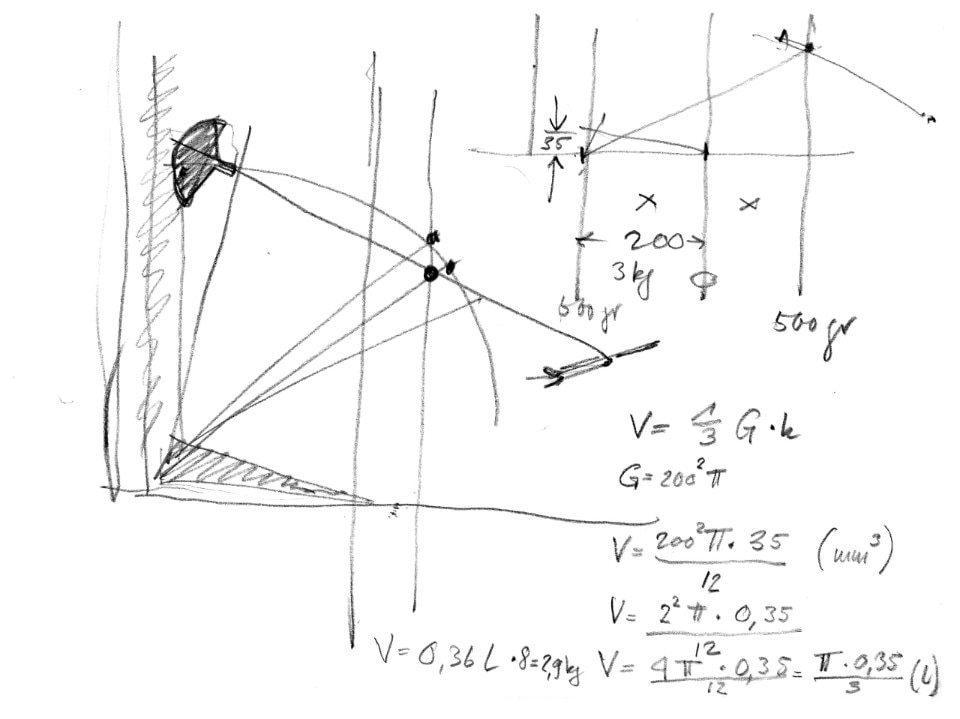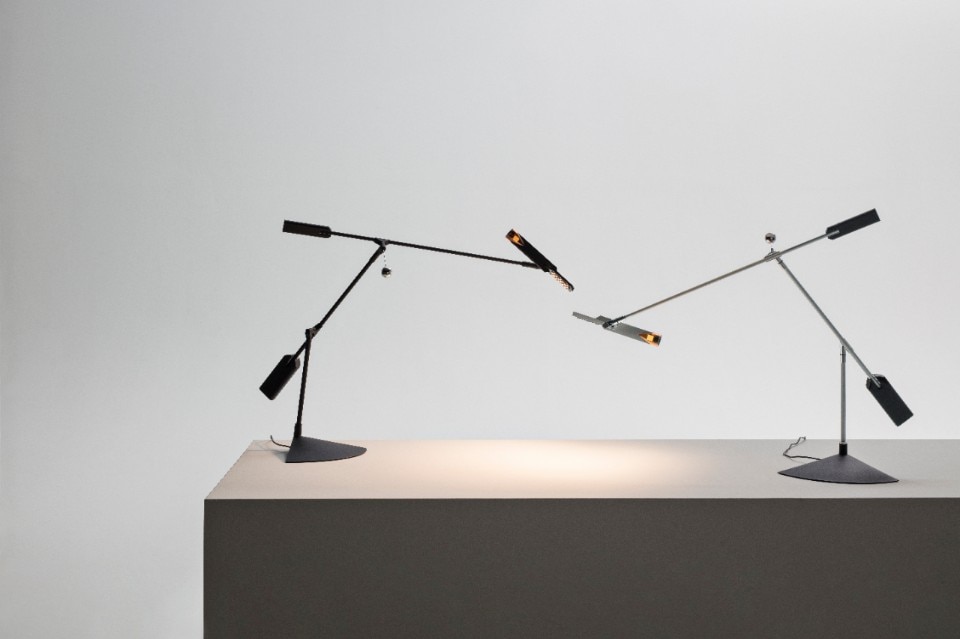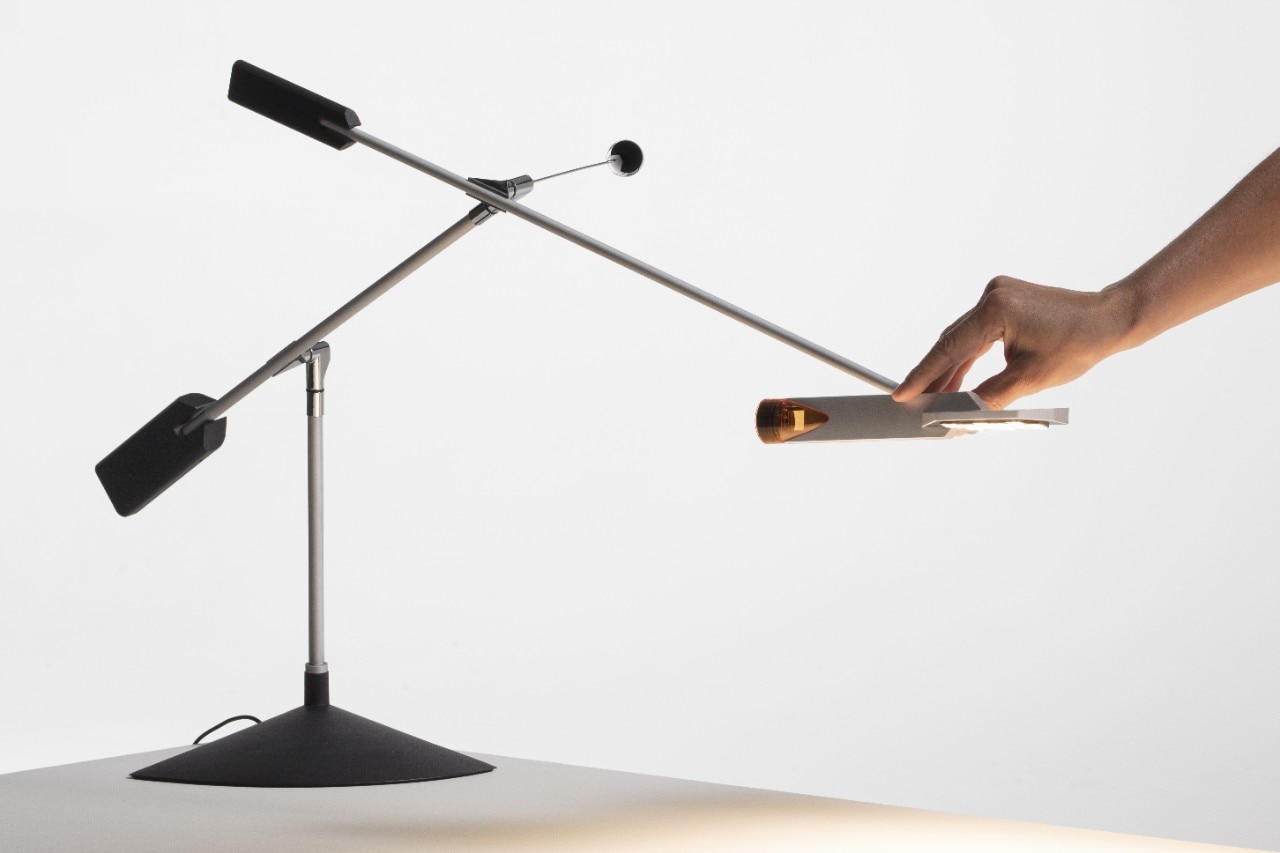This article was originally published on Domus 1087, February 2024.
At the start of the new millennium, a Silicon Valley start-up, Lucesco Lighting, invited Richard Sapper (1932-2015) to take up a new challenge: to design another desk lamp over 30 years after his ingenious light architecture, the Tizio. There was one condition: he had to integrate LED technology into the rigorous design, revealing its potential as a domestic light source.
I also needed the base of the lamp to be as far as possible from its top, because my worktable is always a mess... and there is no room near me for the base of a lamp
A proponent of engineering-oriented design that determines the shape of the object, the German maestro was intrigued but sceptical. He explained his doubts in Domus 885 in 2005: “The white LEDs I had seen up to then produced an irritating light, whereas I consider the colour of light to be of fundamental importance.” Instead, Sapper preferred warm light sources such as traditional light bulbs that gave him the sense of “a little sun”.

He was only convinced when the technicians promised to work on the colour of the light. Given free rein, he began designing from his personal needs as a reader, lecturer and draughtsman, the same starting points that had inspired his Tizio lamp.
He wanted to be able to move the arm closer and further away so the light source would always be where he wanted it: “I also needed the base of the lamp to be as far as possible from its top, because my worktable is always a mess... and there is no room near me for the base of a lamp,” he said. In the archive drawings, now conserved by his heirs, the designer wrote brief notes about the structure and sketched the angular base and system of asymmetrical arms, which can be grasped thanks to handles on the ends. The six joints allow the arms to rotate through 360 degrees.

To verify the correct balancing of the weights, he enlisted the help of a model-maker to create prototypes. Sapper’s design therefore took full possession of all three dimensions, with technical solutions that achieved a masterful synthesis in kinetic formal completeness. Thanks to LEDs, the light-diffusing head could be very small, and it was cooled by a fan inserted into a small tail. H = wie Halley (“H = like Halley”), he noted. Indeed, the design is named after the famous comet and is completed with a poetic but, of course, functional device: the small counterweight, which gives the structure stability, is the Earth around which Halley orbits. Stilnovo, a historic company keen to revive lighting masterpieces by the virtuosos of design, is now re-proposing this refined lamp with an updated function of the diffusor’s “tail”. The cooling fan has been replaced by a touchless dimmer system, which means the light can be switched on and its intensity adjusted simply by bringing your hand close to it.








